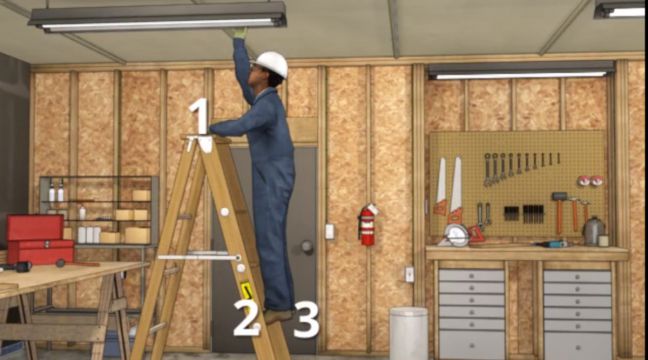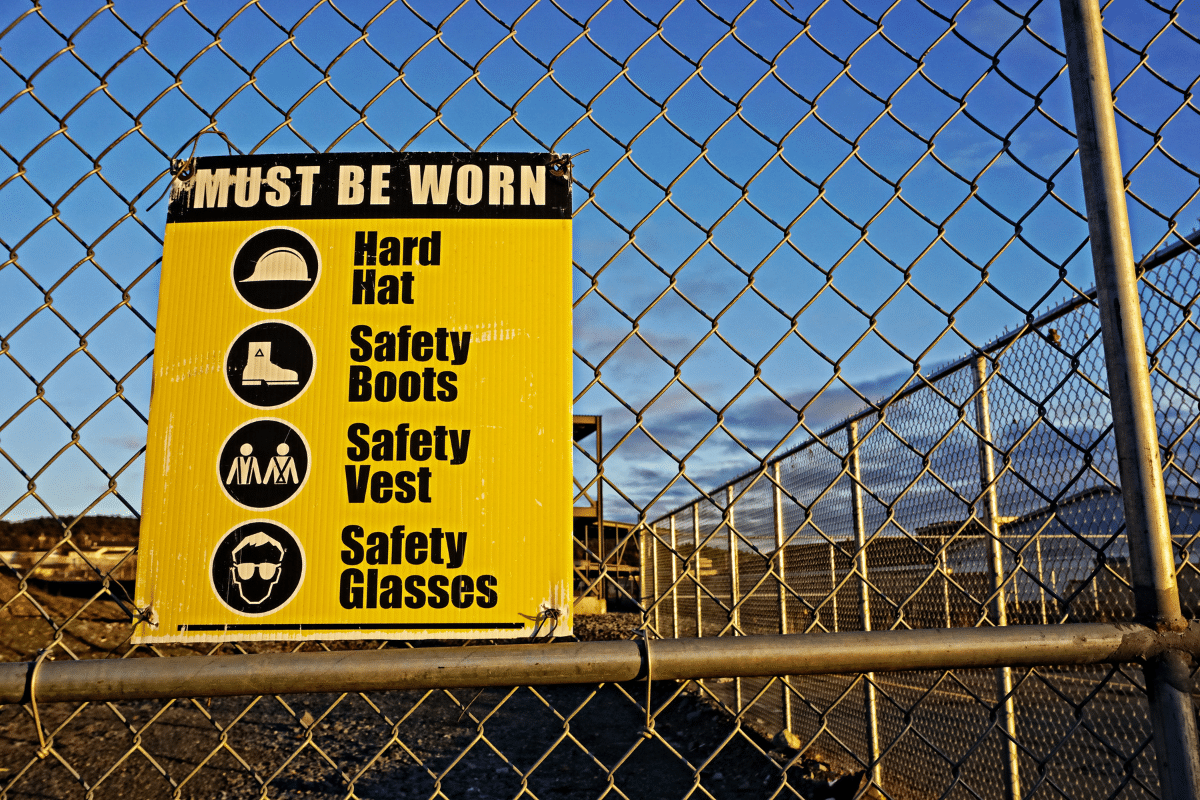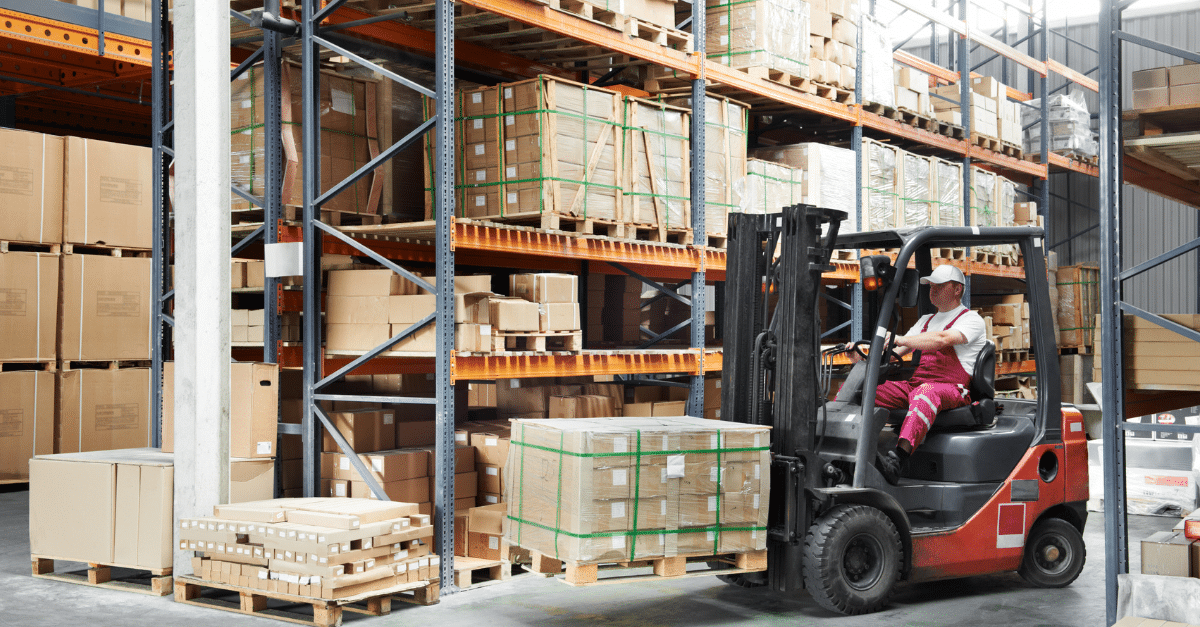May 21, 2018 3 min read

3 Ways to Avoid a Fall from a Ladder
Industry:
Solution:

Because falls in construction are such a major cause of injuries and fatalities at work, we’re dedicating a few articles at this time to providing some fall-related safety tips to make sure you and your coworkers go home safely every night.
In this article, we’re going to take a look at some ladder safety tips. Ladders are especially dangerous–every year, about 70 construction workers die when falling from ladders, and in addition about 4,000 construction workers experience an injury as a result of falling from a ladder that’s so severe they miss work.
So, let’s learn three simple safety tips for staying safer while working with ladders. And don’t forget to scroll down to the very bottom of this article, where you can download a free portable ladder self-inspection checklist.
In addition to this article, we also created the following articles on topics related to falls, fall prevention, fall protection, and fall hazards/risks that might interest you as well:
- An Interview with Oregon OSHA about Fall Prevention & the National Safety Stand Down
- The Fall Prevention & Protection Hierarchy of Controls
- Tips from OSHA’s Fall Prevention Training Guide
- Fall Prevention & Protection Toolbox Talk Checklist
- 3 Safety Tips When Using Aerial Lifts
- 3 Safety Tips for Scaffolds
- 3 Ladder Safety Tips
- 3 Safety Tips when Wearing a Fall Protection Harness
- Women and PPE (includes a special focus on fall prevention PPE for women)
3 Ladder Safety Tips for Avoiding Falls
Here are three simple tips for working more safely with ladders. Follow each of them every time you work with a ladder.
Inspect the Ladder Before You Use It–Each Time You Use It
Always inspect a ladder before using it.
Begin by checking the ladder’s duty rating to see if it can support the weight of your body and your toolbelt.
Then, inspect the ladder’s fails, rugs, feet, and spreaders or rung locks for any signs of damage or defects.
Never use a damaged ladder, and always remove a defective or damaged ladder from us and tag it “not safe for use.” Be sure the damaged ladder is repaired or removed from service.
Position Your Ladder Properly
It’s very important to position your ladder properly before using it.
For all ladders, always make sure the ladder is on level, solid footing, and be sure to position the ladder near your work so that you’re not over-reaching.
For extension ladders, always obey the 4-1 rule, meaning set the base of the ladder one foot away from the base of the building for every four feet of height. In addition, tie off the ladder at the top and (when possible) at the bottom.
Use Your Ladder Safely
Seems sensible enough, but sometimes people forget, neglect, or don’t know how to use a ladder safely to avoid injuries or deaths.
Using your ladder safely includes things like:
- Maintaining three points of contact with the ladder at all times
- Never standing on either of the top two rungs of a stepladder
- Never stepping on any of the top four rungs of an extension ladder
- Having a partner hold and steady a ladder as you use the ladder to climb up and down
- Never carrying tools and materials while climbing a ladder (instead, use a rope to haul or hoist materials)
Online Ladder Safety Training
Learning experts recommend you use a blended learning solution that utilizes instructor-led training, field-based training, hands-on training, online training, refresher training, and even field-based performance support for maximum training effectiveness.
An online ladder safety training course like the one sampled below can be a great addition to your overall ladder safety training program, and can help your organization prevent injuries and fatalities related to the use of ladders.
Additional Ladder Safety & Ladder Safety Training Resources
We’ve also got the following ladder-related resources for you:













